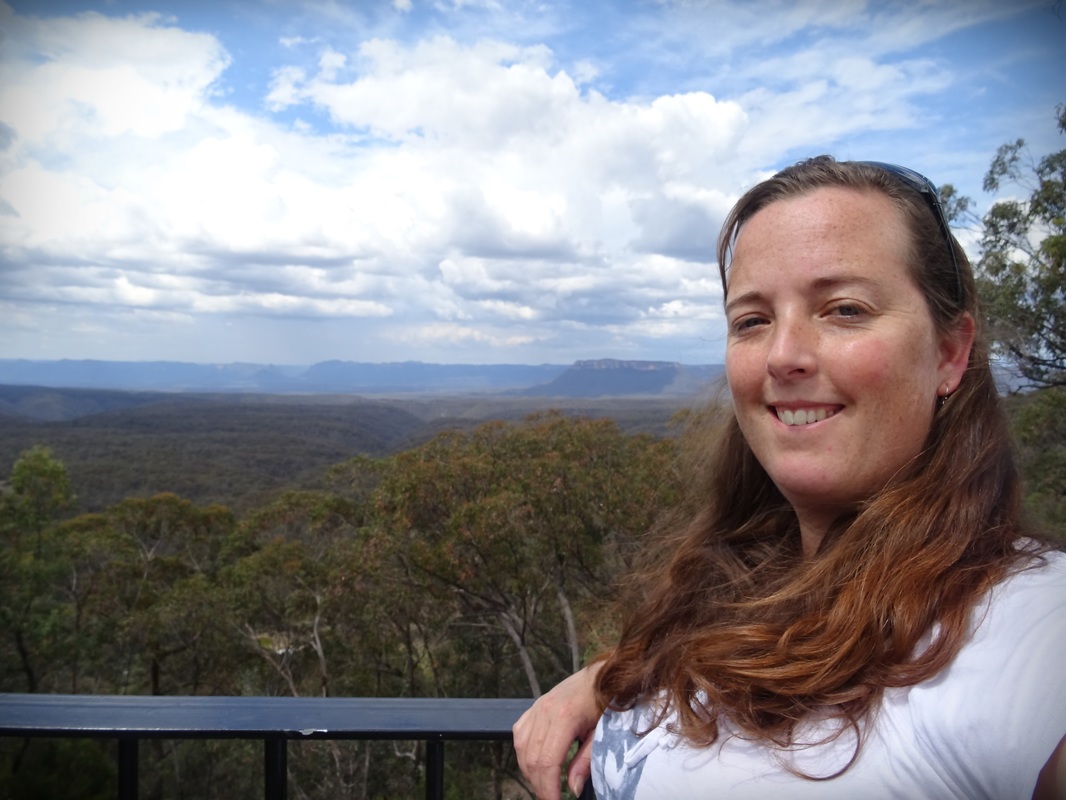Job Application Process!
Given the diversity of cultures and correspondingly, diverse recruiting systems I would like to provide here some guidance on how to apply for an advertised job with our lab. This should also be helpful for applying to other jobs at our university and most probably other UK universities too. Please note there are other official websites listed at the end of this blog for applying to the University of Nottingham so do read those too.
So applying here involves two main steps: 1) the written application and 2) the interview. The written application is an online form with a set of selection criteria. It is extremely important that the responses answer these criteria in detail. I would strongly advise candidates to make an offline document with the selection criteria headings and take time to answer each one. Then copy-paste your thought-through and edited response into the text box of the online form. Make sure you have read the job description and craft your responses with that in mind. When drafting your responses:
Click submit and fingers crossed! So you've been invited for an interview: CONGRATULATIONS!!
For now (and most likely for the foreseeable future) we are inviting people to come in person where feasible and otherwise conducting interviews online - this applies particularly to applicants not within the country to keep our carbon footprint down (however other reasons can be discussed for local applicants as appropriate to maximise accessibility).
The interview itself: we will most likely ask you to present a 5 or 10 minute presentation (check your specific instructions) on something about your experience and why you want this job and we will then follow with 20-30 minute discussion based on a set of questions that we ask every candidate. Remember, specific information relating to your particular interview will be included in the invitation to interview that you receive from HR so do pay close attention to that information. Asking you to give a presentation serves several purposes: 1) we hope it relaxes you a little to talk about something you can practice and should be something you know about (yourself and your ambitions!); 2) it shows us that you can communicate under pressure which is inevitable at some point in almost every job we would be advertising (from conference talks, to industry funders or end-users of the science). So prepare well for this (ideally ask a mentor or colleague to give some feedback on a practice talk!) - have visually interesting slides or props, and make sure you've practiced those first few slides to get past the nerves :) When sending files (like the presentation) please make sure you save the document with YOUR name rather than the title of the talk which will be similar for everyone! The questions in the interview will vary depending on the job but much like for the selection criteria, try to give more than a one-word answer and if you're not sure what we are asking, by all means ask for clarification. Also don't panic if you go off in a different direction to what we're looking for, we'll clarify the question and redirect you - it's normal. We are people too and we ultimately want to hire the person who's the best for the role so we will ask and prompt as needed. There are other websites that talk about body language and things to think about for interviews (see links at the end) but ultimately try to relax and be yourself. I will say a couple of things about online interviews:
Find a room with as little background noise as possible and where there is a strong and steady (as much as possible) internet connection. Try to have a dark background - or at least not a window or light behind you. This is because most webcams (built-in or otherwise) are not good at balancing backlight which means your face will be in complete shadow if there's too much light behind you. It's also best to use headphones directly plugged into your device. When you have found the space and device you will be using check with a friend that the sound and picture are clear using the exact setup (computer, headphones and network connection) you will be using for your interview.
When you log onto the interview link - if there are technical glitches just take a breath.
(you may want to write this as a list and have it next to you during the interview to remind you not to panic and help you try things logically to solve the problem!)
We remember what it's like and understand you will be nervous, it's not something to be worried about in itself! Getting worried about appearing nervous is like a self-perpetuating spiral and there's no need - we know you're nervous, and we'll do our best to prompt and help you settle into the questions.
I hope this helps clarify a bit regarding what we are looking for in job applications! I understand how different the processes can be around the world and I hope this helps everyone understand our processes here! I look forward to reading your applications! Links for further advice
Links for written application advice:
University of Nottingham:
Links for Interview advice:
2 Comments
|
AuthorAmanda Rasmussen Archives
May 2023
Categories |



 RSS Feed
RSS Feed
